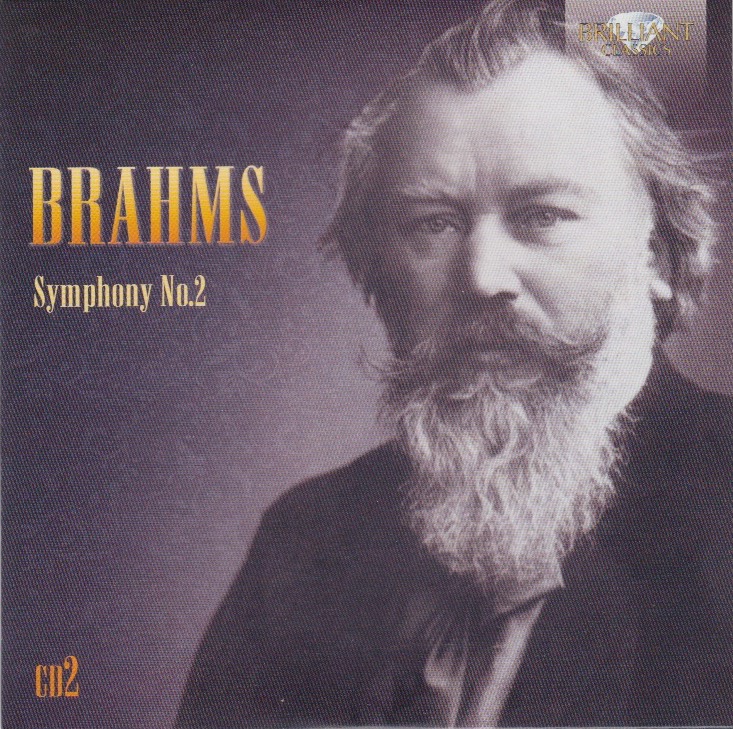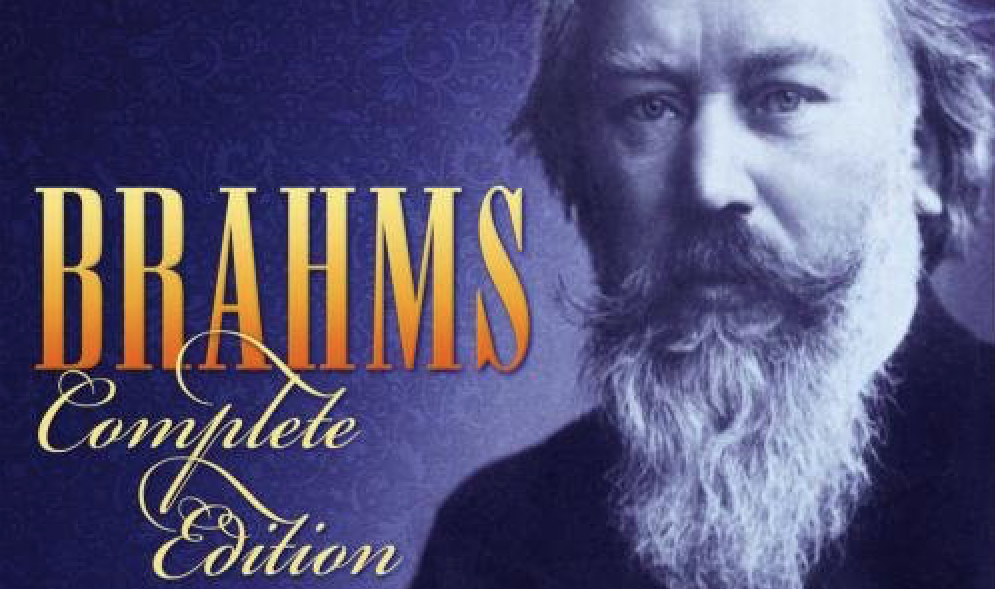
Today, I’m listening to Brahms’ Symphony No. 1 in D Op. 73.
The conductor is, once again, Jaap van Zweden. This time, the orchestra is Radio Filharmonisch Orkest Holland (1945 – ).
I was immediately hooked by this piece of music, noting that in Movement I there are strains of the melody to Brahms’ Lullaby (2:32 mark onward) woven into the fabric of it. Did Brahms write this symphony before he wrote the lullaby for which he is famous? Or was it the other way around?
That’s the beauty of these music projects. I’m going to find out.
I was hooked by Symphony No. 2 in D from the first movement, which is – at 21:02 seconds – quite large for an opening movement. It had intricacies, though, and a stirring pace and a somewhat emotional tone that kept me connected to it.
Movement II (“Adagio non troppo”) is likewise keeping me engrossed. This is a beautiful piece of music!
According to its entry on Wikipedia, Symphony No. 2 in D
was composed by Johannes Brahms in the summer of 1877, during a visit to Pörtschach am Wörthersee, a town in the Austrian province of Carinthia. Its composition was brief in comparison with the 21 years it took Brahms to complete his First Symphony.
The symphony is scored for 2 flutes, 2 oboes, 2 clarinets, 2 bassoons, 4 horns, 2 trumpets, 3 trombones, tuba, timpani, and strings.
The cheery and almost pastoral mood of the symphony often invites comparisons with Beethoven’s Sixth Symphony, but, perhaps mischievously, Brahms wrote to his publisher on November 22, 1877, that the symphony “is so melancholy that you will not be able to bear it. I have never written anything so sad, and the score must come out in mourning.”
The premiere was given in Vienna on 30 December 1877 by the Vienna Philharmonic under the direction of Hans Richter…
Reading farther in the Wikipedia entry, I discovered the answer to my first question,
Brahms bases much of the first movement on a melody he formerly composed for Wiegenlied, Op. 49, the tune commonly referred to as “Brahm’s Lullaby“. It is introduced at bar 82 and is continually brought back, reshaped and changed both rhythmically and harmonically.
So, there you have it. Brahms re-used his famous melody in the first movement of his second symphony.
See? This is why I conduct these musical explorations.
Brahms wrote his symphonies in four movements. The time breakdown of this one (Symphony No. 2 in D), from this particular conductor (Jaap) and this particular orchestra is as follows:
- Un poco sostenuto – Allegro – Meno allegro……………………….21:02
- Andante sostenuto…………………………………………………………………..9:52
- Un poco allegretto e grazioso…………………………………………………5:30
- Adagio – Più andante – Allegro non troppo, ma con brio – Più allegro……………………………………………………………………………………..9:35
Total time: 46:08
My Rating:
Recording quality: 4 (typically superb Brilliant Classics quality)
Overall musicianship: 5 (extremely well done)
CD liner notes: 3 (11-page essay about the life of Brahms, little else)
How does this make me feel: 5 (hooked from the start)
I really got into Brahms’ Symphony No. 2 in D. Hearing the melodic strains of Brahms’ Lullaby in Movement I helped a lot. I loved discovering things like that.
Also, I like knowing that Brahms was 44 when he composed it. (I’m kind of a sucker for details like that.)
The recording is excellent, despite it being over two decades old. The orchestra (Radio Filharmonisch Orkest Holland) is one I’d never heard of. before. But they seem to have a genuine feel and reverence for the material.
Two thumbs up!
